6 - Western Nghe An Biosphere Reserve
With a total area of up to 1.3 million hectares, the western region of Nghe An is the largest biosphere reserve in Southeast Asia, where the convergence of rich flora and fauna, high biodiversity, especially 70 plant species and 80 animal species listed in the Red Book and endemic species such as: salmon, brown-legged scrub, scab and wild elephant populations.
This is also a place where geographical factors are mixed and intertwined with many natural caves and waterfalls, and is also a long-standing habitat of 6 brotherly ethnic groups: Thai, Dan Lai, Kho Mu, O Du, Mong and Kinh, of which O Du is the least ethnic group among the 54 ethnic groups in Vietnam and only lives in Nghe An.
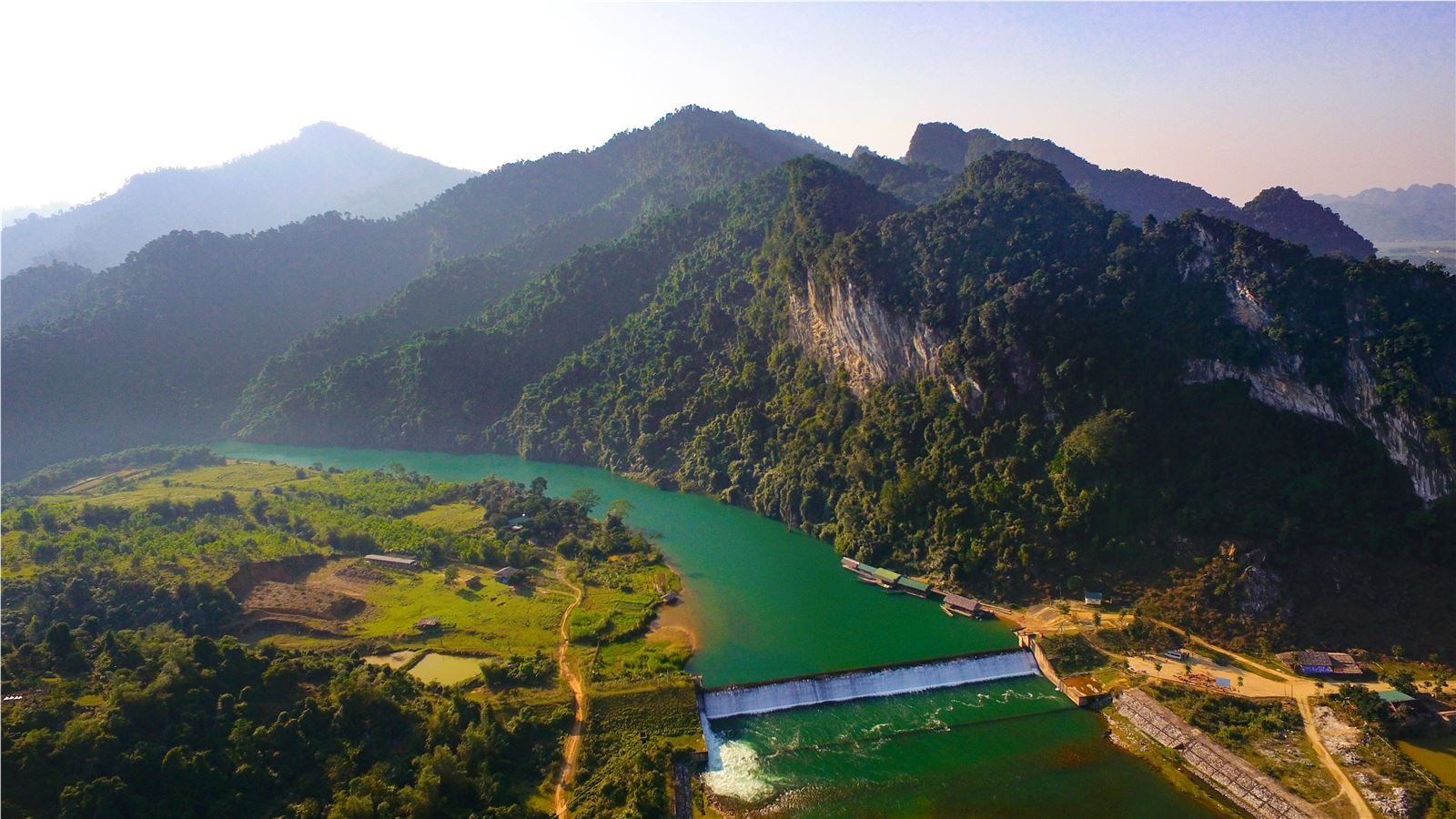
Photo: Labor
7 - Ca Mau Cape Biosphere Reserve
The core area of Ca Mau Biosphere Reserve is divided into Ca Mau Cape National Park, U Minh Ha National Park and coastal protection area. This place has many typical ecosystems such as: mangrove forests, melaleuca forests on peat wetlands, marine ecosystems... All of them preserve rich biological and geological resources with high conservation value.
Ca Mau Cape National Park has a diverse number of animals and plants, with about 28-32 species of mangrove trees, 26 species of animals, 93 species of birds, 43 species of reptiles, 139 species of fish... and many saltwater species have been recognized and listed in the Red Book of Vietnam and in the world.
Coming here, you can visit unique tourist attractions, experience the uniqueness of Mui when visiting Mui Ca Mau Tourism Culture Park, take a boat through the mangrove forest, enjoy the art of Don Ca Tai Tu, learn about traditional crafts, experience the life of local people...
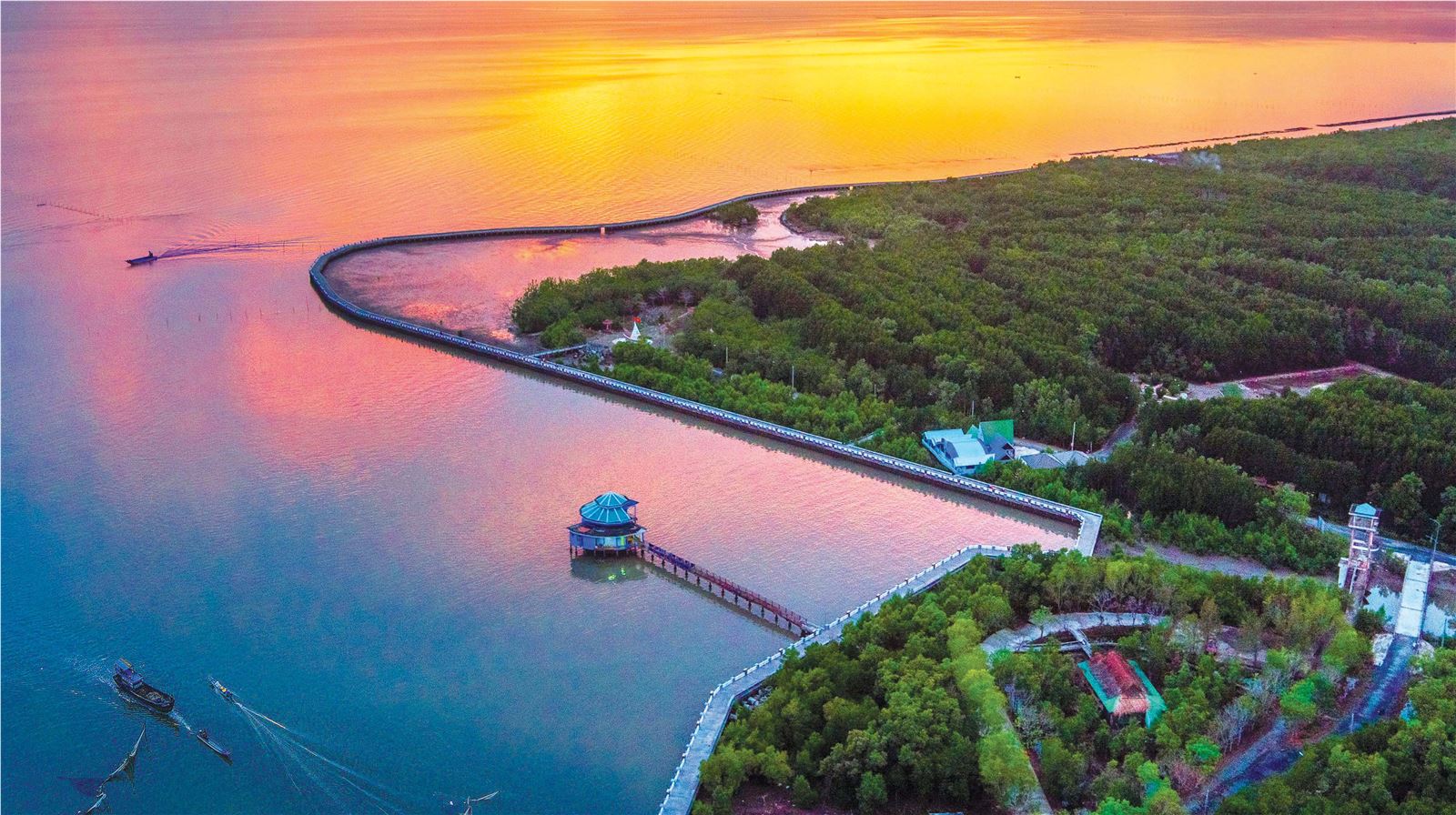
Photo: Nguyen Vinh Hien
8 - Cu Lao Cham Biosphere Reserve
Cu Lao Cham Island is an island cluster in Quang Nam province, 15 km from Cua Dai sea. This place possesses a wild and peaceful beauty, so it is chosen by many tourists as an attraction after a trip to Hoi An ancient town.
Not only containing the typical cultural and historical treasures of a pristine island cluster, Cu Lao Cham Island also has a full presence of diverse and typical ecosystems of estuaries, coastal areas and islands. The flora and fauna here is quite rich, especially home to rare swiftlets and many species of wildlife. Under the sea, there are many rocky rapids, sparkling coral ranges create a fanciful "aquarium" with hundreds of thousands of species of tropical fish and seafood.
Cham Island is an ideal place for you to immerse yourself in the fresh air of the sea, learn about the rustic life of fishing villages, see colorful coral reefs, conquer majestic mountains and hills or enjoy local specialties.
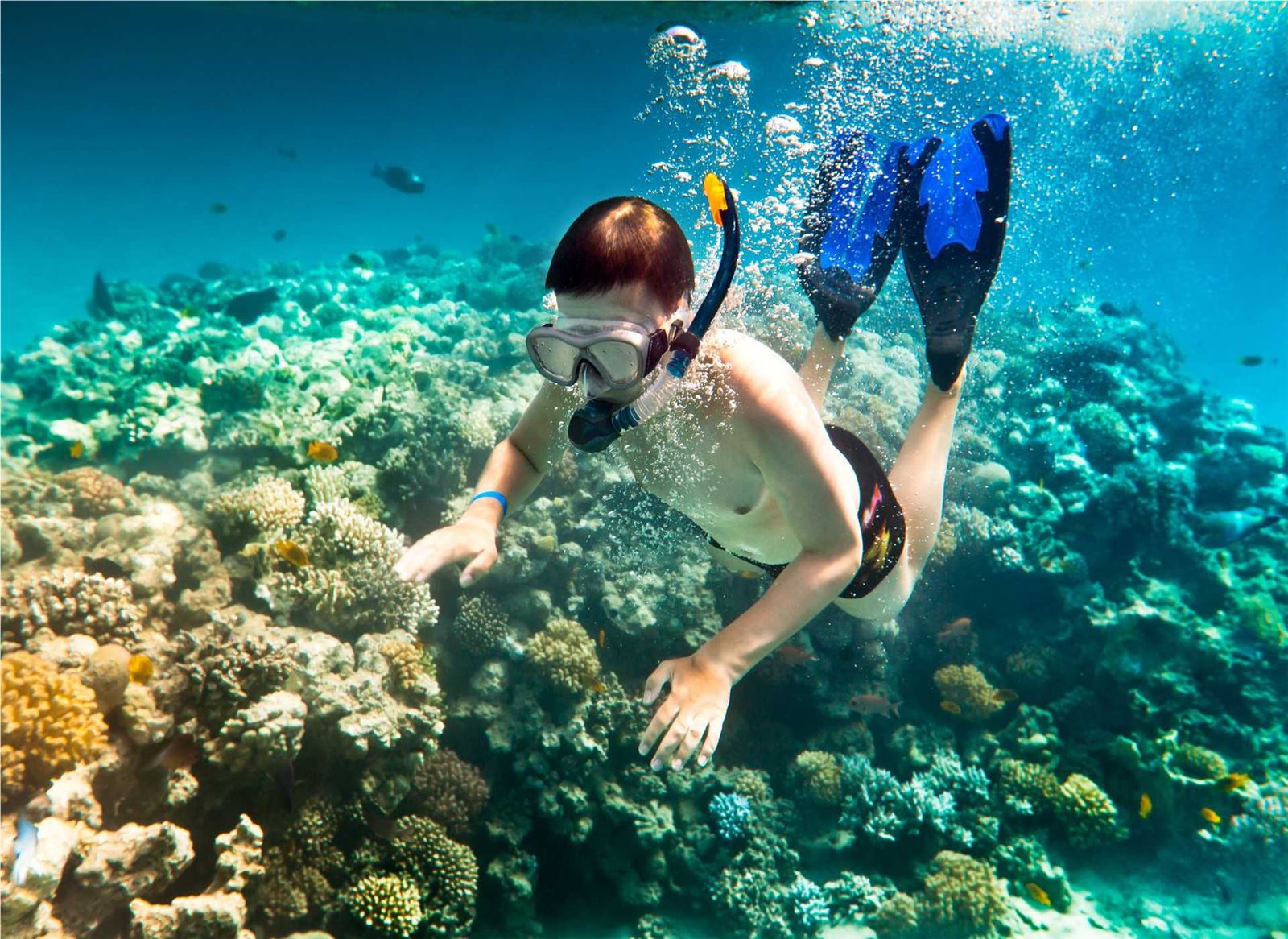
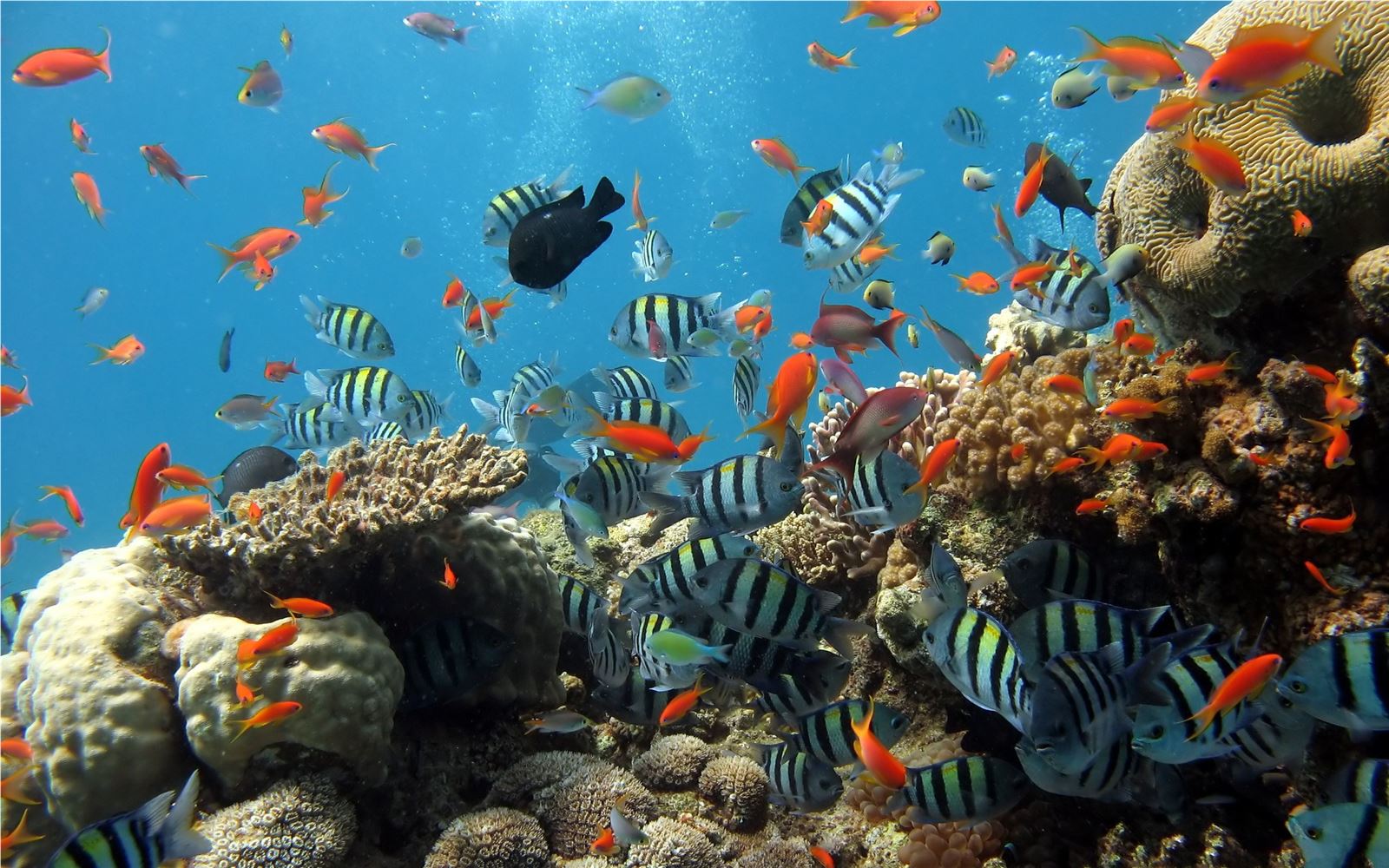
Photo: DiveVietnam
9 - Langbiang Biosphere Reserve
As the 9th UNESCO World Biosphere Reserve in Vietnam (2015), Langbiang Biosphere Reserve is an attractive destination, especially for those who love the dreamy and misty romance of the highlands.
The area consists of a large primeval forest with the core area being Bidoup National Park - Nui Ba. Currently, there are 1,923 species of plants in the park, including particularly rare species such as flat-leaved pine, pomu, red pine, and 297 species of orchids alone. In terms of animals, there are 422 species in the core area alone. The National Park is also one of the world's 221 endemic bird areas.
What makes tourists, especially adventure lovers, love is Bidoup peak and Ba Mountain. If you are not a professional climber, it will be difficult to conquer these two craggy peaks. In addition, the fresh air from the green primeval forest, the beautiful natural scenery intertwined between forests and streams and the population of 8,000 ethnic minority households living here... are all characteristic features, attracting tourists to Lang Biang.

Photo: Ivivu
10 - Nui Chua Biosphere Reserve
Nui Chua Biosphere Reserve is a place where all 3 forest, sea and semi-desert spaces converge; owning a diverse flora and fauna, including many rare species such as: black-legged langur, horse bear, dog bear, fire leopard, red cash chicken... In addition, the waters of the region are home to more than 350 different coral species, of which 46 new coral species have been recorded and classified in Vietnam. It is also home to a population of sea turtles that come to breed every year and are strictly protected.
With the core area being Nui Chua National Park, which has the harshest climate in Vietnam today, the weather is hot all year round, the reserve is considered the only standard model of the typical dry forest ecosystem of Vietnam and Southeast Asia.
Coming to Ninh Thuan, you can visit Nui Chua National Park to explore the "waterfall on the sea" Hang Rai, conquer mountain peaks with an altitude of more than 1,000 m, snorkel to see corals in Vinh Hy Bay, visit the vast vineyards or experience the life of the Raglai people at the foot of Chua Mountain.
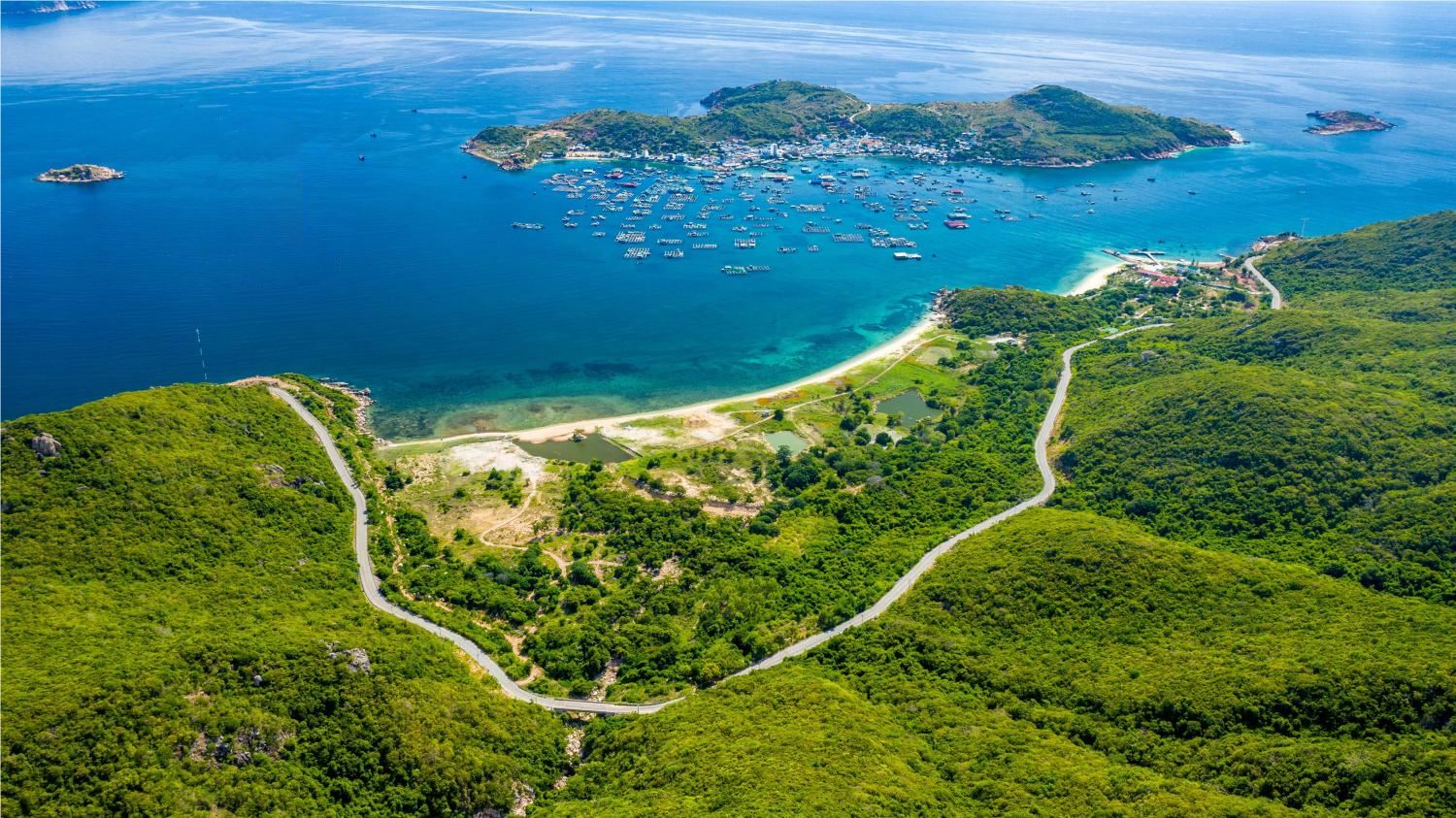
Photo: Economic Forum
11 - Kon Ha Nung Biosphere Reserve
Kon Ha Nung Biosphere Reserve in Gia Lai province, is typical of the forest ecosystem in the Central Highlands region with a rich system of flora and fauna, many rare species with high economic value. The area is divided into core areas: Kon Ka Kinh National Park and Kon Chu Rang Nature Reserve. The basic biosphere reserve retains the integrity of the typical ecosystem of tropical closed forests with wide green trees, coniferous trees, sparse coniferous forests, shrub carpets, etc grasslands... have high biodiversity. In particular, in the reserve there is also the pristine K50 waterfall, one of the most beautiful waterfalls of the Central Highlands.
With majestic, poetic scenery and diverse ecosystems, Kon Ha Nung is one of the attractive eco-tourism destinations for tourists to visit, relax and research. Along with Chua Mountain, Kon Ha Nung has just been recognized as a World Biosphere Reserve by UNESCO on September 15, 2021.
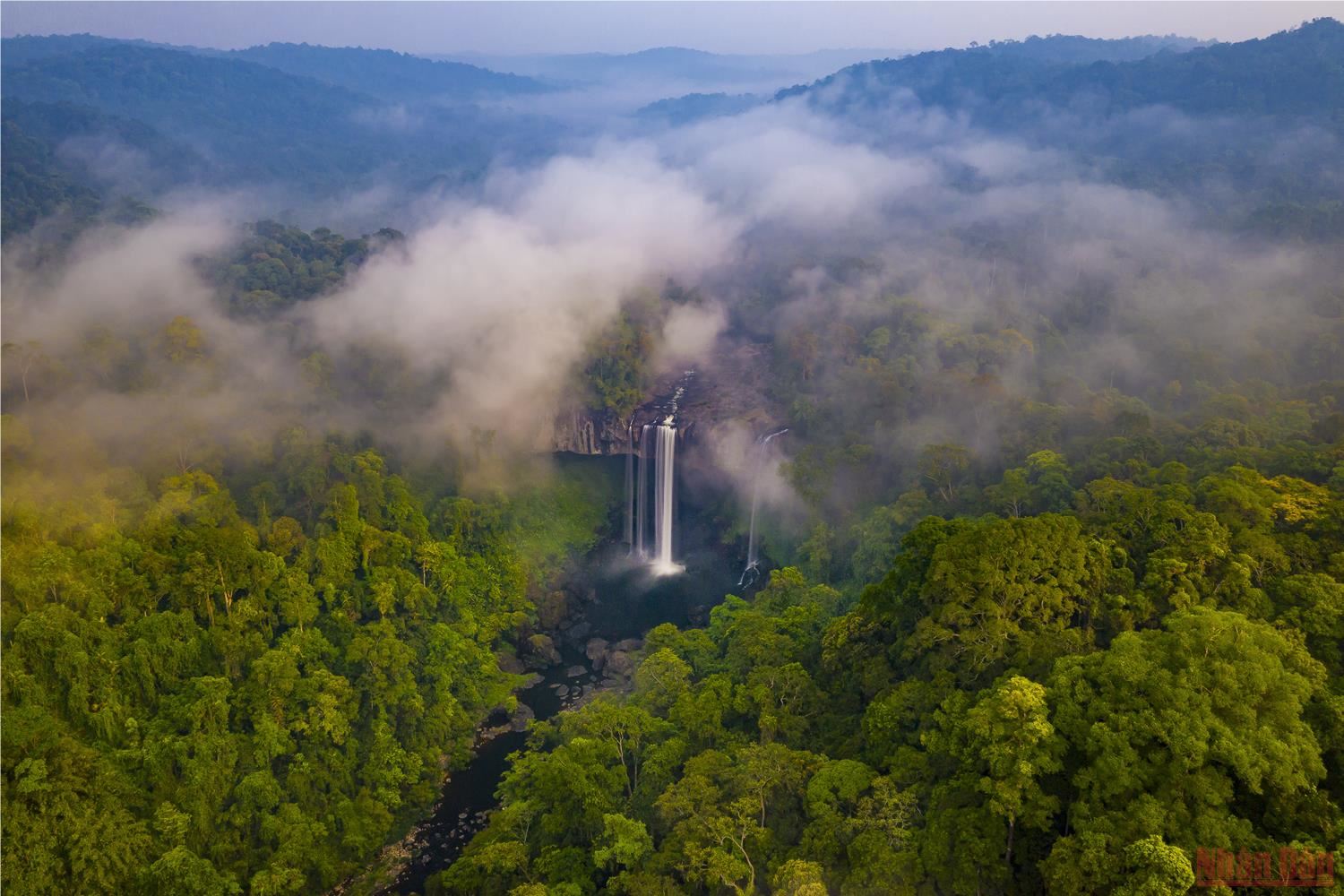
Photo: Zing
Synthetic Migo